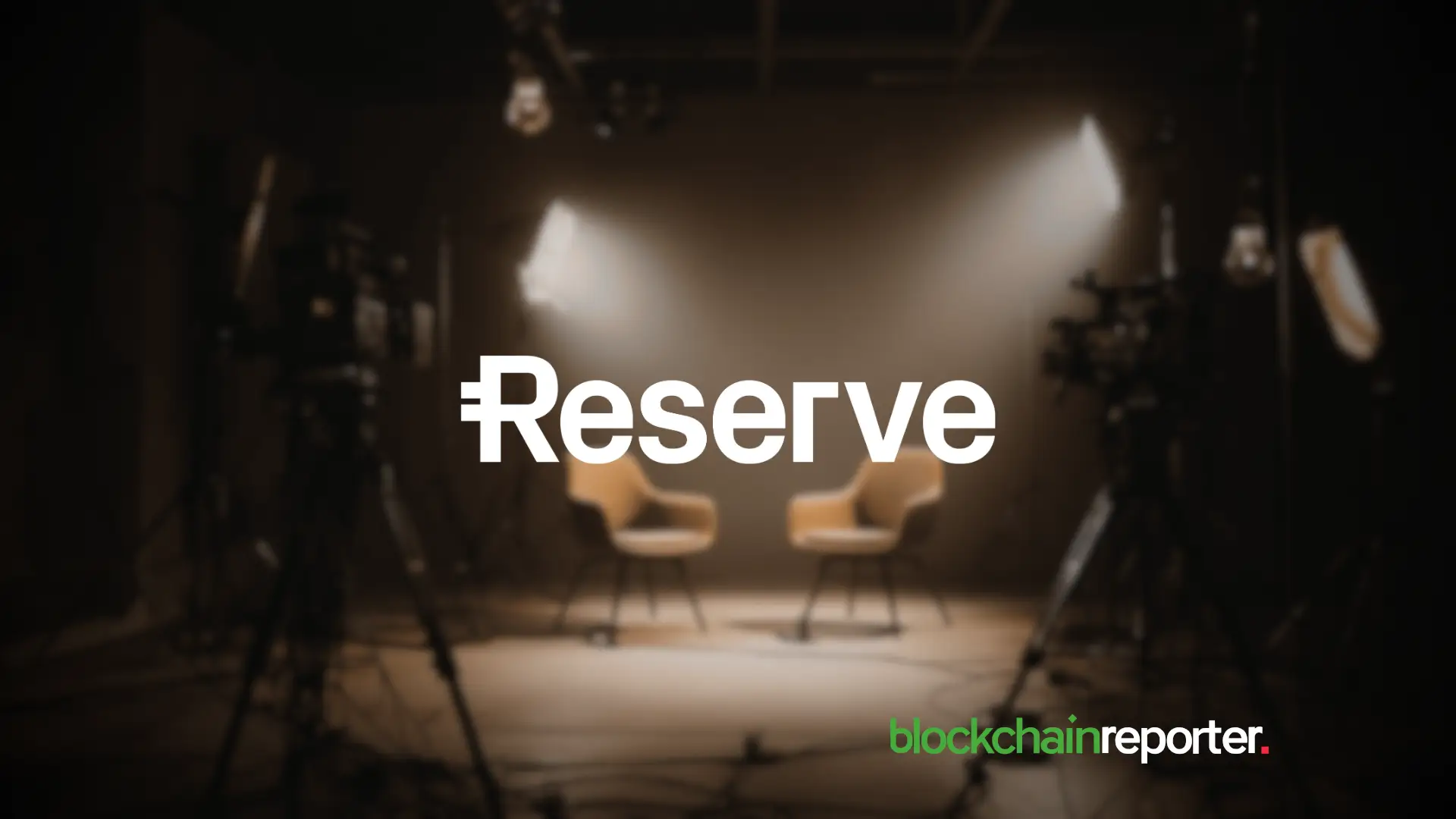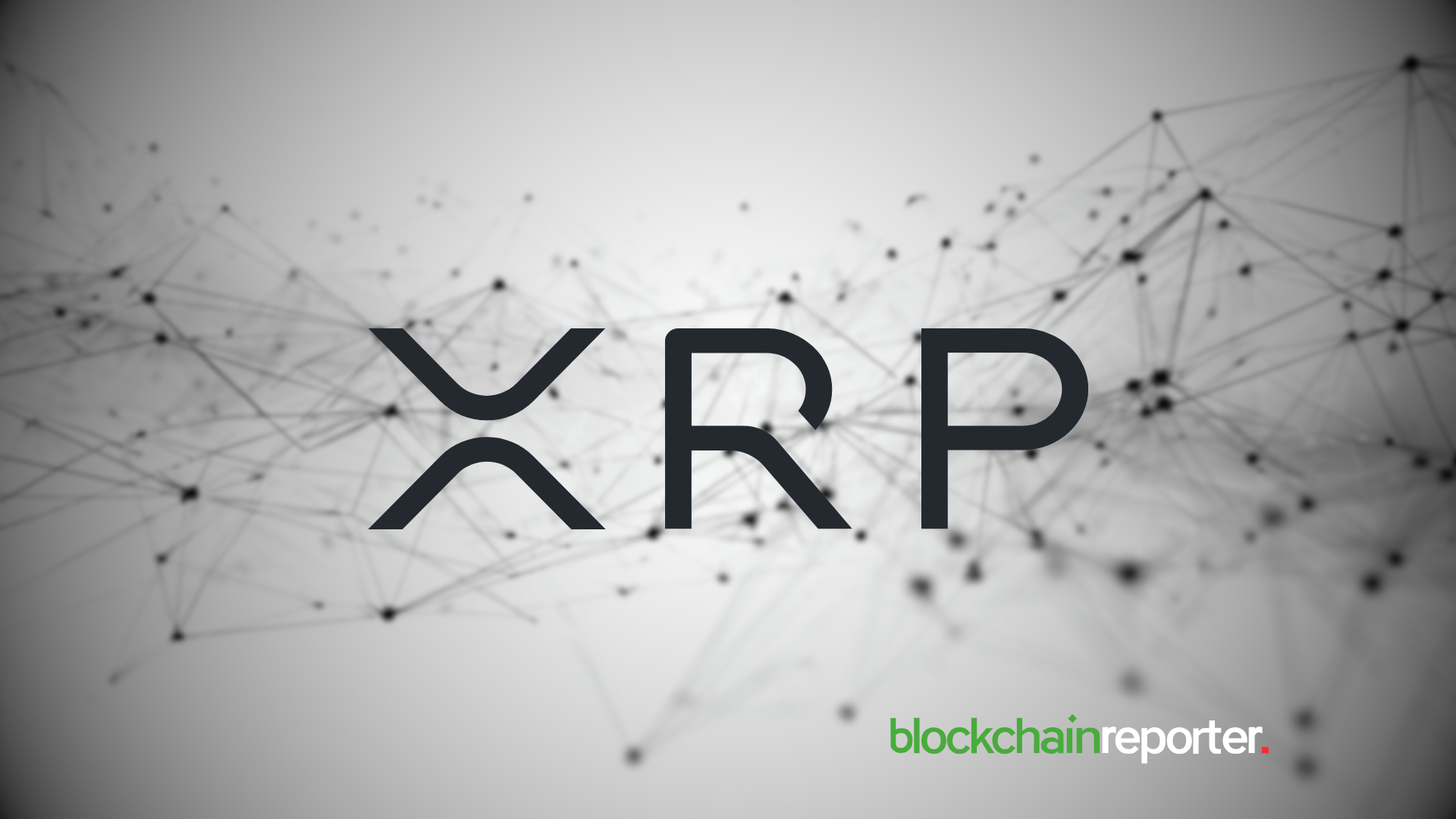TradFi Meets Onchain: Reserve’s Thomas Mattimore on Why the Real ETF Story Is Crypto Finance Moving Onchain



When the SEC asked issuers to pull their Form 19b-4 filings, many saw a technical regulatory tweak. To Thomas Mattimore, Reserve’s head of product, it’s a signal that something bigger is happening: the plumbing of finance is changing. In our conversation, Mattimore argues that headlines focusing on faster ETF approvals miss the real story. TradFi and onchain finance are not simply colliding; they’re learning from each other.
The result, he says, won’t just be more crypto in ETFs, but more ETF-like financial engineering built natively on blockchain rails. Across the interview, we dig into Reserve’s approach, from DTFs (decentralized token folios) to LCAP, a tokenized, index-like product launched with CF Benchmarks, and why programmability, direct ownership, and 24/7 global access matter as much as regulatory acceptance.
Mattimore lays out a pragmatic view: ETFs bring familiar structure and trust, while onchain products bring transparency, instant settlement, and accessibility for people who have been shut out of traditional markets. The conversation moves beyond hype to the practical ways tokenization could reshape who gets access to diversified, inflation-resistant financial tools and how those tools are built and governed.
Read on for a clear-eyed take on the next phase of institutional crypto, one where the technicalities of filings and the design of financial products both matter, but the real shift is infrastructure migrating onchain.
Q1. The SEC’s move to ask issuers to pull their 19b-4 filings has been described as clearing the path for faster ETF approvals. How significant do you think this development is for the broader crypto market?
It’s a big deal. Historically, long regulatory approval cycles have slowed the pace of financial product innovation. By removing this step, the SEC is signaling a willingness to let new crypto-linked products reach the market faster. That opens the door to greater institutional participation and deeper capital markets.
Q2. You’ve said the “underrated story” here is that flows won’t just go one way, not only is TradFi bringing crypto into ETFs, but onchain finance is bringing ETFs into crypto. Can you unpack what you mean by that?
Most headlines frame this as a one-way street: Wall Street is adopting crypto exposure by wrapping it in familiar ETF structures. But what’s just as important, and less discussed, is that crypto is now rebuilding the ETF model itself. The real story is that both worlds are learning from each other and we will start to see a convergence in financial infrastructure.
At Reserve , we’re taking the diversification, governance, and accessibility that ETFs pioneered and re-architecting them directly onchain. The result is the same financial logic but with the advantages of blockchain: programmability, composability, global access, and transparency. The real story is that both sides are evolving and borrowing from one another. Over time, that’s going to blur the lines between “crypto” and “traditional” finance.
Q3. With Reserve’s DTFs, you’re essentially building an onchain equivalent of ETFs. How do you see these two worlds, traditional ETFs and decentralized token folios, complementing or competing with each other?
ETFs and DTFs both serve the core investor need for diversified, risk-adjusted exposure, but they do so in different ways. ETFs offer regulatory clarity and a familiar wrapper that institutions trust. DTFs deliver transparency, programmability, and direct asset ownership onchain.
As these two approaches mature, we think they’ll reinforce one another. ETFs will onboard new investors into the ecosystem, while DTFs will extend what’s possible once they’re there — from instant settlement to global 24/7 access.
Q4. Reserve recently launched LCAP with CF Benchmarks, bringing ETF-like diversification to onchain investors. How do you position LCAP against the wave of crypto ETFs coming to U.S. markets?
Crypto ETFs are an important on-ramp: they give investors exposure to the space while staying within the regulated TradFi system. DTFs like LCAP, on the other hand, build on that foundation: onchain. They provide the same diversified exposure to the broad crypto market, but instead of owning shares in a fund managed by an intermediary, investors hold the asset directly as a token. That means global 24/7 liquidity, instant redemption, and full self-custody. It’s a fundamentally more open and user-centric model.
Q5. Regulation is always a key factor. ETFs are heavily regulated, while DTFs are decentralized and permissionless. Do you see regulatory convergence on the horizon, or will these remain two separate lanes of financial innovation?
I think we’re starting to see the beginnings of convergence, but not in the sense that DTFs will ever look exactly like ETFs. What’s happening is that regulators are beginning to set clearer, more transparent rules, which is critical because it gives innovators a framework to work within without needing permission for every new product. That clarity helps bring better financial products to market faster and that’s a win for everyone.
At the same time, the permissionless nature of DeFi is fundamental. Anyone should be able to launch a new index or yield product without centralized gatekeepers, and that’s something we don’t want to lose. Our goal is to keep bridging these worlds: to combine the trust and oversight that regulation can bring, with the speed, openness, and global access that decentralized finance enables.
So while ETFs and DTFs will probably always exist as separate categories, I expect we’ll see more shared standards and expectations over time, manifesting as clearer guardrails that still allow for rapid, permissionless innovation.
Q6. One of the promises of onchain finance is global accessibility, something ETFs can’t always offer. How important is that element in Reserve’s mission to “fight inflation and expand access to better financial products”?
Our mission from day one has been to fight inflation and give people access to better financial tools, especially in places where the local financial system isn’t serving them well. If you live in a country like Venezuela, Argentina, or Ukraine, where inflation can be 15%, 30%, or even 100%, people don’t care about small differences in annual yield. They just want a way to protect the value of what they’ve earned. That’s why one of our first products was simply giving people access to dollars in a more usable, stable form through stablecoins.
We see the same story everywhere: in high-inflation economies, people often convert their salaries into dollars immediately because they don’t trust local banks or currencies. ETFs generally don’t solve that problem; they’re often unavailable to most of the world, require intermediaries, and aren’t built for day-to-day use. Onchain finance removes those barriers.
By making stablecoins and index products available directly onchain, Reserve allows anyone with an internet connection – regardless of geography, income level, or local banking infrastructure – to store value, hedge against inflation, and access diversified financial products. That’s the real power of onchain finance: it doesn’t just expand investment opportunities, it levels the playing field for people everywhere.
Q7. Critics sometimes argue that crypto index products are redundant in a market where Bitcoin and Ethereum dominate. How do you respond to that, especially with products like LCAP that capture nearly 90% of the total market cap?
I don’t see them as redundant at all. In fact, they’re essential if you believe the crypto market is going to keep evolving. It’s easy to say “Bitcoin and Ethereum are everything” right now, but that view misses how dynamic this space is. Five years ago, stablecoins were barely part of the conversation. Today, they’re a foundational layer of the ecosystem. The same will be true of other categories over time. New protocols, new use cases, and new tokens will emerge that could dramatically shift market share.
Index products like LCAP are designed for exactly that reality. They don’t just give you exposure to the largest assets today; they automatically adjust as the market changes, bundling the most significant projects into one product without requiring investors to constantly make allocation decisions. That way, if something new starts gaining traction, you’re already participating in that growth.
So even if Bitcoin and Ethereum dominate right now, an index approach ensures you’re positioned for what comes next. And in a market that moves as fast as crypto, that flexibility is critical.
Q8. Do you see a future where traditional ETF providers like BlackRock or Fidelity might look to tokenize their funds directly onchain, and if so, what role could Reserve play in that transition?
It’s not a question of if but when. We’re already seeing major players on Wall Street exploring tokenization because they understand the advantages it brings: 24/7 trading, global access, fractional ownership, and the ability to integrate directly with other onchain products. As that shift happens, more traditional funds will inevitably start to move onto blockchain rails.
Where Reserve fits in is as the infrastructure layer that makes that transition possible. Our platform is designed so that anyone – whether a crypto-native project or a large traditional asset manager – can create and manage tokenized financial products safely and transparently. And importantly, we don’t try to control or influence what those products are. Just like BlackRock or Vanguard doesn’t dictate the composition of the S&P 500, our role is to provide the platform where those tokenized portfolios can be built and maintained.
As more traditional providers decide to bring their funds onchain, Reserve can serve as the connective platform that helps them do it efficiently, without needing to build everything from scratch.
Interview Summary
Key takeaways from our conversation with Thomas Mattimore:
-
Regulatory shifts matter, but so does framing.
The SEC’s recent procedural changes can speed product launches, a helpful nudge, but the deeper change is the mutual adaptation of TradFi and crypto infrastructure.
-
Flows are two-way.
It’s not only Wall Street importing crypto; onchain finance is importing ETF logic (diversification, governance, accessibility) and re-implementing it with blockchain advantages.
-
DTFs and ETFs will likely coexist and reinforce each other.
ETFs provide regulatory clarity and a trusted entry point; DTFs offer transparency, direct ownership, and features (instant settlement, 24/7 markets) that expand what investors can do once they’re onchain.
-
Global accessibility is central to Reserve’s mission.
Tokenized, onchain products can serve people in high-inflation or underbanked regions in ways traditional ETFs cannot. That’s not just a product improvement, it’s a distributional shift.
-
Index products remain useful.
Even with Bitcoin and Ethereum dominating today, dynamic index approaches protect investors from being overly concentrated and position them for future market evolution.
-
Tokenization of traditional funds is inevitable.
Large asset managers will explore tokenized offerings for the benefits they bring; platforms like Reserve aim to be the infrastructure that makes that transition practical and safe.
- Regulatory convergence with guardrails, not gatekeeping. Expect clearer rules that enable innovation without stripping the permissionless benefits that make DeFi powerful.
In short, the headline about faster ETF approvals is real, but the more consequential story is structural. As financial products and market infrastructure move onchain, the line between “crypto” and “traditional” finance will blur, and that shift will be defined as much by access, programmability, and custody as by regulatory stamps of approval.

XRP Faces Setbacks After ETF Delay, While Unich Captures Attention In The Pre-Market Space
XRP faces ETF delays amid the U.S. shutdown, pushing investors toward Solana-based Unich for early p...

Crypto Market Alert 2025: XRP Price Prediction Surges, Ethereum Live Price Updates, MoonBull Ignites 1000x Crypto Presale Frenzy
MoonBull ($MOBU) presale is live, igniting 1000x crypto excitement. Join early as XRP and Ethereum p...

EcoYield Crypto Presale Launches GLOBAL40 Bonus Code as GhostwareOS Hits All-Time High Ahead of Potential Binance Listing
EcoYield and GhostwareOS reflect two crypto paths. GHOST runs on hype, while EcoYield targets real y...

